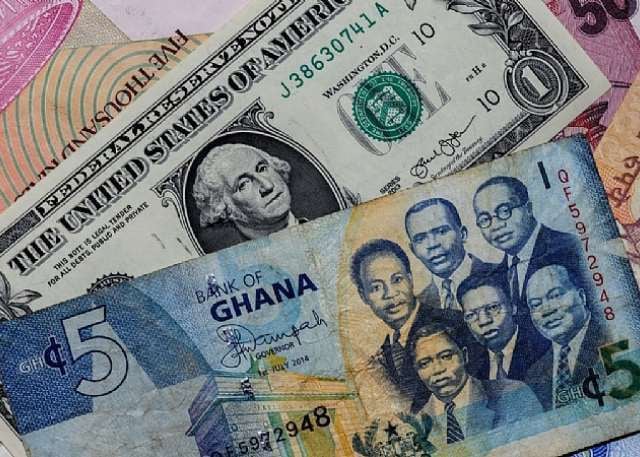The Ghanaian cedi experienced notable volatility against major international currencies on Friday, September 19, 2025, displaying a range of values across various exchange platforms and transaction types. This fluctuation reflects the dynamic nature of the foreign exchange market, influenced by factors such as supply and demand, economic indicators, and global market trends. Analyzing the data from Cedirates.com, the Bank of Ghana, and money transfer operators like LemFi and Taptap Send paints a comprehensive picture of the cedi’s performance on this particular day.
The average exchange rate at forex bureaus, which cater primarily to individual transactions, saw the cedi trading at GHS12.19 for buying one US dollar and GHS12.73 for selling. This indicates a wider spread than the interbank market, where financial institutions exchange currencies. The Bank of Ghana, which plays a crucial role in regulating the forex market, quoted the cedi at GHS12.24 for buying a dollar and GHS12.26 for selling. This smaller spread reflects the larger volumes and lower transaction costs associated with interbank trading. The difference between the forex bureau rates and the interbank rates highlights the markup applied by forex bureaus to cover operational costs and generate profit. This disparity also provides an opportunity for individuals or businesses to compare rates and choose the most favorable exchange platform based on their specific needs.
Extending the analysis to other major currencies, the British pound and the euro also exhibited variations in their exchange rates against the cedi. Forex bureaus offered an average buying rate of GHS16.46 and a selling rate of GHS17.29 for the British pound. In contrast, the Bank of Ghana’s interbank rate for the pound stood at GHS16.60. Similarly, the euro traded at GHS14.33 for buying and GHS15.03 for selling at forex bureaus, while the interbank rate was GHS14.43. These figures again demonstrate the premium charged by forex bureaus compared to the interbank market. The fluctuating values of the cedi against these currencies underscore the interconnectedness of global financial markets and the impact of international economic events on local exchange rates.
Money transfer operators, specializing in remittances, offer competitive exchange rates for individuals sending money to Ghana. LemFi and Taptap Send, two prominent players in this space, provided rates of GHS12.30 and GHS12.25 respectively for dollar remittances from the US or UK. For British pound remittances, both operators offered GHS16.77. Euro remittances saw Lemfi offering GHS14.58 and Taptap Send offering GHS14.50. These rates, falling within the range observed at forex bureaus and the interbank market, offer a convenient and often cost-effective alternative for international money transfers. The competitive nature of the remittance market often leads to favorable exchange rates for consumers.
Digital subscription services, a growing segment of the economy, also utilize specific exchange rates for transactions made via international payment platforms. Visa and Mastercard, two widely used card networks, processed payments for services like Netflix, Spotify, and Apple Music at rates of GHS13.16 and GHS13.18 respectively. These rates are generally aligned with the prevailing market rates and reflect the cost of converting local currency into foreign currency for international transactions. The inclusion of these digital transaction rates provides a more comprehensive understanding of the cedi’s performance across various facets of the economy.
In conclusion, the Ghanaian cedi’s performance on September 19, 2025, showcased the complexity of the foreign exchange market. The varying rates across different platforms, from forex bureaus to the interbank market and money transfer operators, emphasize the importance of comparing options to secure the most favorable exchange rate. The data further illuminates the impact of market forces and the interconnectedness of global currencies on the cedi’s value. Understanding these fluctuations is crucial for individuals, businesses, and policymakers alike in navigating the dynamic landscape of international finance. The inclusion of digital subscription payment rates adds another layer to this analysis, highlighting the integration of digital services into the broader financial ecosystem and their influence on currency exchange dynamics.


